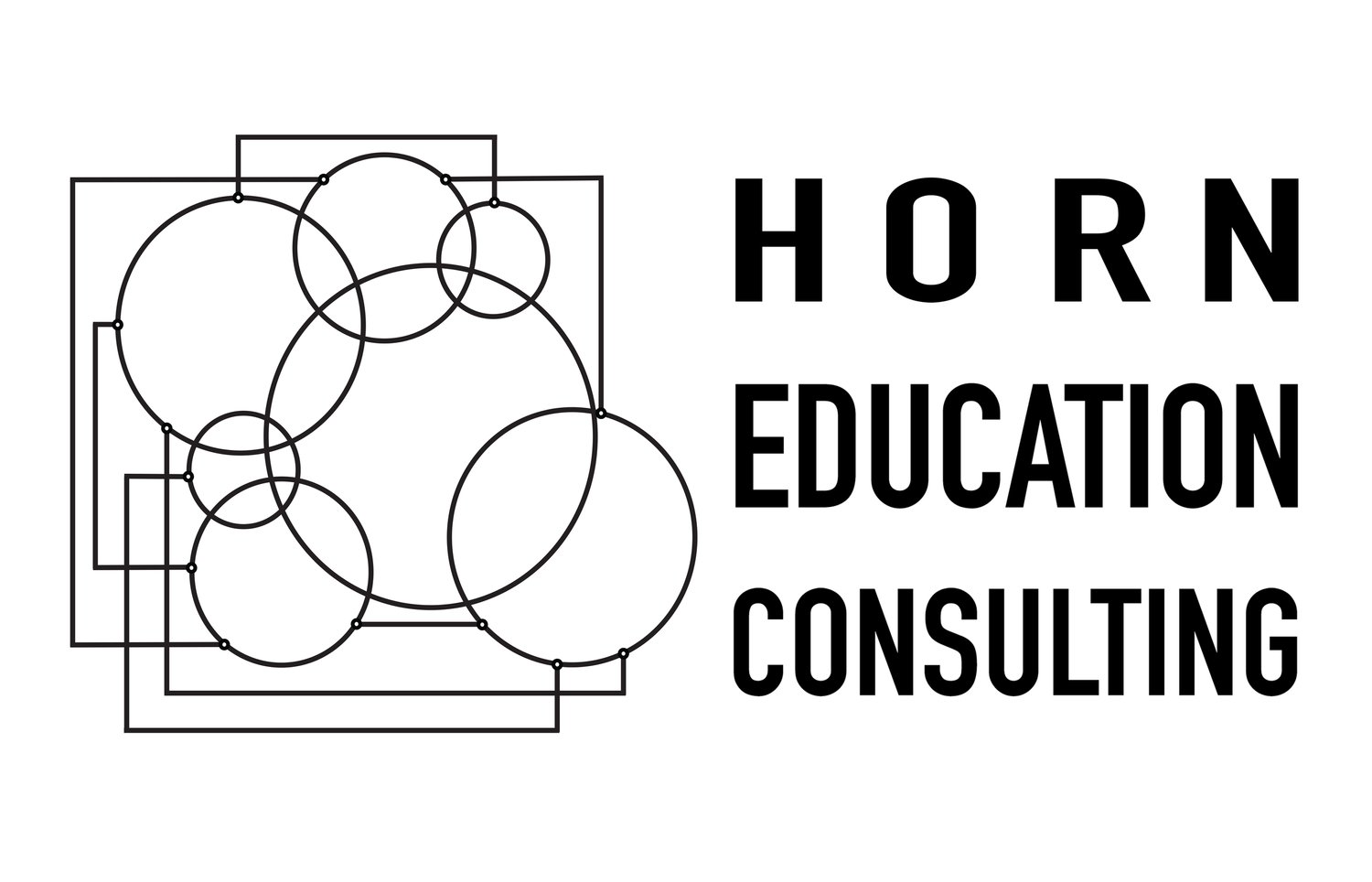The best indicator of a school’s values is probably not its mission statement.
Check out the master schedule and labor agreements.
You have just been hired in a new school district as the high school principal. You did your homework before applying, and learned a fair amount more during several rounds of interviews. (By the way, you killed it out there. They loved you. Congratulations!) You know a certain amount about the school already, but as the building leader, you want to understand what your school actually values when it comes to the core work of teaching and learning. Where do you turn?
In your new office, your eyes suddenly alight on the school’s mission statement, polished and framed on the wall. Although there are some meaningful mission statements, you know that most of them reveal more about what a school believes it values than what it actually does. The calligraphed paragraph you’re reading contains familiar phrases about “love of learning” and “global citizenship,” and the aspiration to “educate all children to their full potential.” Not super helpful. Your search continues, until … Eureka! Your e-mail inbox asks you to review the master schedule for the building for the upcoming school year.
Master schedules present much more than teachers’ schedules, room assignments, and course sections. Because placing course sections also means placing students in specific rooms with specific teachers at specific times, the master schedule also in effect contains every student schedule. If you also learn the process by which the master schedule was developed, you can get a sense for how professionals interact and how key decisions are made.
In contrast to the lovely but vague language of most mission statements, master schedules contain concrete, specific reflections of how the school values teaching and learning. For instance, you might examine the schedule to determine whether it includes built-in opportunities for Special Education teachers and their co-teachers to co-plan and confer. If not, the value of inclusive education is likely more professed than practiced.
Questions to ask about the Master Schedule
Which classes seem to be driving the schedule? Why?
Which are the smallest sections–honors classes, or classes for students with greater learning challenges?
Are the most experienced teachers teaching the most advanced students? … the least advanced students? Is there a mix?
How much time is allotted for teachers to plan together and discuss student progress?
Do teachers have opportunities for PD experiences during the school day (such as support from mentor teachers, or release time for other professional learning and inquiry)?
How does the school respond to students who are not succeeding academically? What courses or other interventions are scheduled for students who desire or require extra help?
Who has a role in the decisions leading up to the creation of the schedule? Is there collaboration between administrators, counselors, instructional leaders, and teachers or team leaders?
What requests of teachers receive highest priority (e.g. preferred course level, room assignment, time of day)?
Do students have access to an advisory experience to make best-fit decisions about life after high school? If they apply to college, are they supported throughout the process?
According to retired superintendent Torch Lytle, another source for values-in-practice is labor agreements. In a public school, salary schedules and benefits tend to get the most attention when teacher contracts are negotiated. However, these collective bargaining agreements—ranging, in print form, from slender to voluminous—also detail work rules, disciplinary procedures and other aspects of the relationship between the teachers’ union and the district. Variations of the questions above–How are football coaches compensated as compared to the set designer for the spring musical?–will illuminate a range of indicators for what a given school considers important.
REFERENCE
Materials from the National Association of Secondary School Principals
[Image from ehs.ccsuvt.org. Article copyright 2016 by Peter Horn, Ed.D. All rights reserved.]


